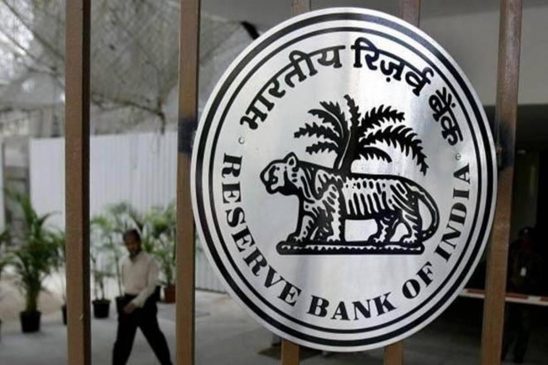The lending rate increases will be mostly in the marginal cost of funds-based lending rate (MCLR) segment of the credit market, India Ratings said in a report on Tuesday.
Given a sharp rise in banks’ marginal cost of funds, the system-wide lending rates are set to shoot up by 100-150 bps next fiscal, expediting the monetary policy transmission as the Reserve Bank has increased the policy rates by 250 bps since May last, according to a report.
The lending rate increases will be mostly in the marginal cost of funds-based lending rate (MCLR) segment of the credit market, India Ratings said in a report on Tuesday. While banks have passed on most of these policy rate hikes to borrowers, they have not been doing so when it comes to deposits, which has led to a system-wide decline in funds, forcing banks to raise money from the market at a much higher cost.
Read More: India Post Payment Bank wants to convert itself to universal bank: CEO J Venkatramu
This funding gap was also due to the faster growth in credit demand, which has been averaging at over 16 per cent so far this fiscal, while deposit growth has been lagging far behind at half the pace.
The report notes that banks have drawdown Rs 5 lakh crore from the reverse repo window in FY23, which has enabled them to address a surge in the gap between incremental credit and deposits, but this will not be available in FY24. Therefore, MCLR will show a significant rise, the report noted.
Since a large part of the incremental credit disbursement has been supported by the reverse repo drawdown in FY23, the impact of the marginal cost of funding has so far been limited. But in FY24, incremental funding will have to be done by way of fresh deposits, therefore the marginal cost of funding will go up significantly.
Overall, deposit rates in the banking system have shot up by 150-200 bps in the last one year, which has resulted in a 75 bps increase in aggregate deposits in the system.
The monetary policy transmission could intensify in FY24, driven by the sharp rise in banks’ marginal cost of funding and the marginal cost of funds-based lending rates (MCLR) are set to go by 100-150 bps in FY24. This is because banks won’t be able to draw down from the reverse repo window, as they did in FY23 to the tune of Rs 5 lakh crore to address a surge in the gap between incremental credit and deposit, the agency said.
Another reason is the tepid balance of payments (BoP) surplus of just around Rs 60,000 crore, which will not bring any reasonable improvement in the aggregate deposits. Therefore, even if the policy rate remains stable in FY24, loan prices will move steeply upward.
The agency expects the system liquidity to tighten further in the reminding weeks of March, owing to multiple factors such as advance tax payments, GST payments and TLTRO or targeted long-term repo operations maturity. Topping these are the still strong credit offtake.
Amid the pandemic, to address the liquidity needs of the system, the RBI in October 2020 allowed banks to invest in specific sectors through debt instruments, such as corporate bonds, commercial papers and non-convertible debentures.
Though the agency believes that the Reserve Bank will ensure the required system liquidity, its tools and mechanism may vary between long-term repo auctions and open market purchases of short-term bonds or T-bills.
The gap between credit growth and deposit intensified in FY23, and banks have been managing the credit-deposit gap by raising certificates of deposits and drawing down the money parked in the reverse repo or standing deposit facility.
Such drawdown was to the tune of Rs 5 lakh crore between March 2022 and January 2023, and incremental certificates of deposits raised by banks during this period stood at Rs 1.5 lakh crore, helping them contain the wide fund gaps and thus check the loan prices as well.
The report expects the BoP net addition will be a low USD 7.2 billion in the forex reserve in FY24, but inflows to the capital account will improve to USD 93.9 billion in FY24 from USD 71.6 billion in FY23.
Therefore, incremental deposit creation by way of net forex flows will remain limited to the tune of around Rs 60,000 crore only. On the contrary, going by historical patterns, the cash in circulation can affect deposit creation in the banking system by around Rs 3 lakh crore, although this has slowed down owing to digitisation.



































